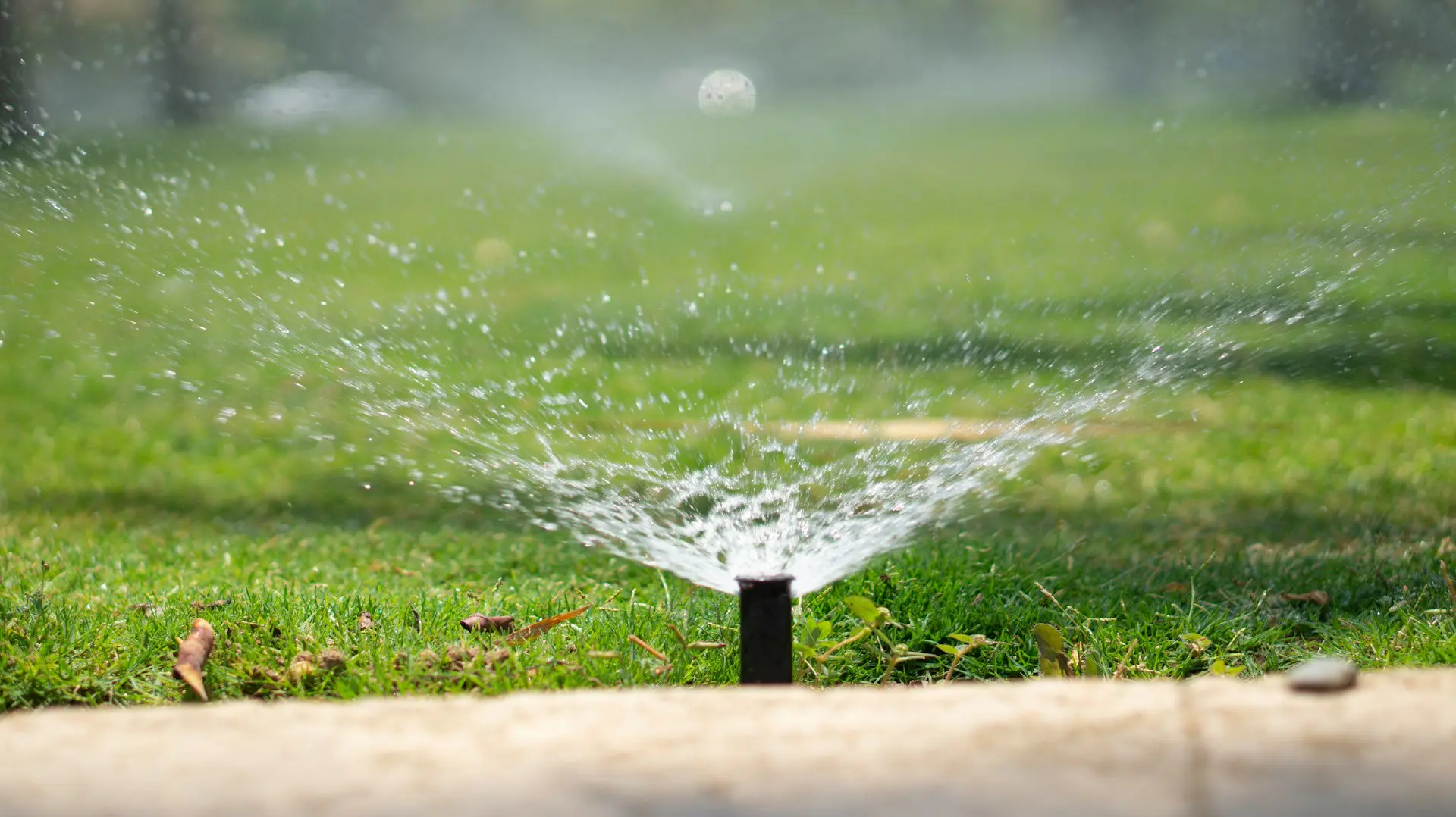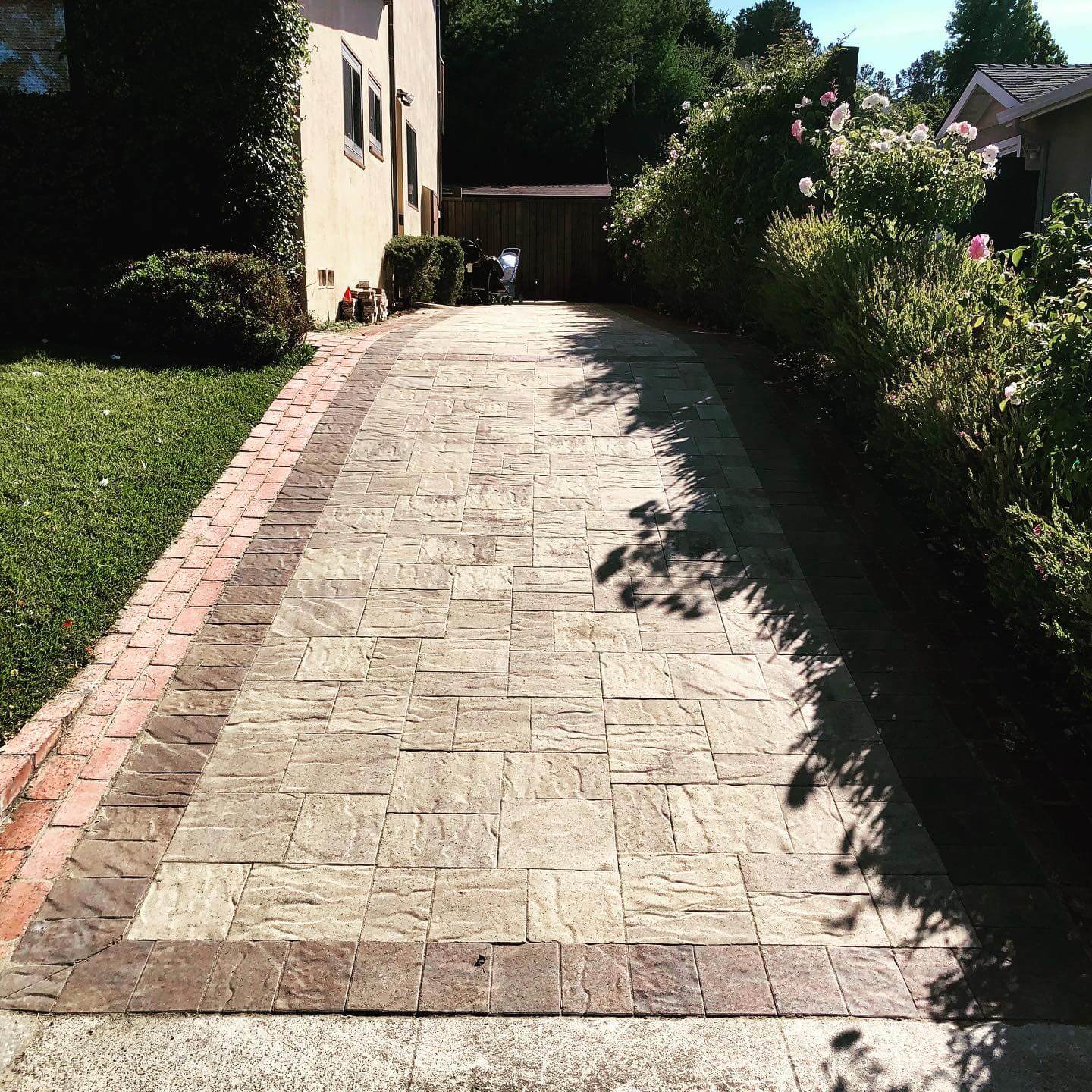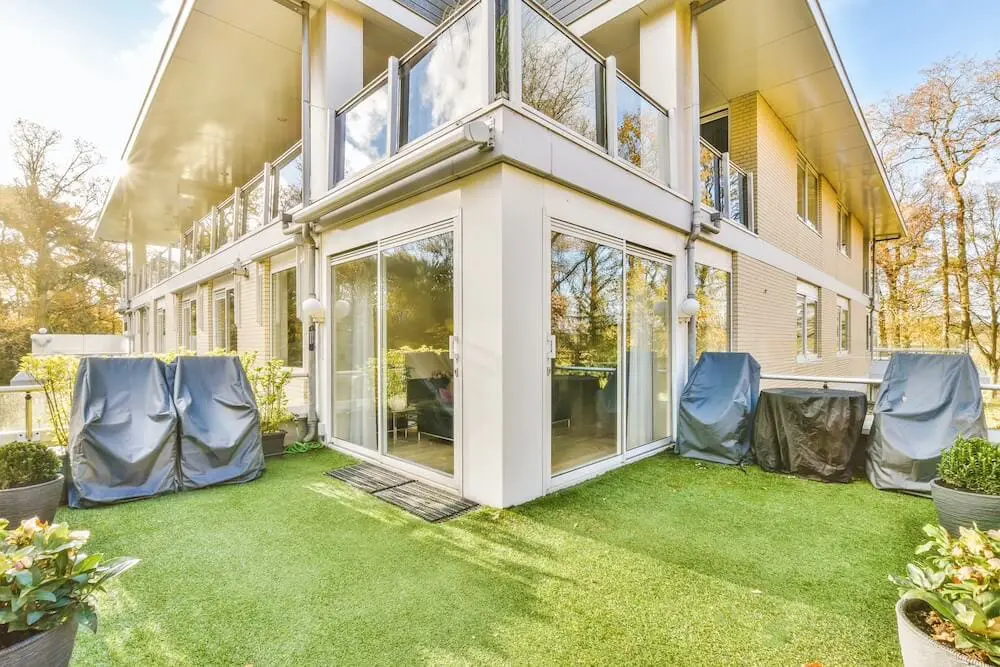
What To Do When Your Sprinkler System Stops Working
It’s the middle of summer, and your yard isn’t looking quite as green as it should. You head out to check your sprinkler system and nothing happens. No sounds, no spray, no sign of life. When your sprinkler system suddenly stops working, it can be frustrating and feel urgent—especially during July in Napa, when high temps and dry air make regular watering a priority. Left unchecked, your plants and grass can begin showing signs of stress pretty quickly.
Getting ahead of irrigation issues is one of the easiest ways to keep your outdoor space healthy. A sprinkler system isn’t just a convenience—it’s one of the keys to a thriving yard, especially if you’ve invested care and time into a custom landscaping design. Whether you have well-shaped lawn areas or special garden beds, every part of your yard depends on consistent, even watering. If your sprinkler system goes silent, here’s where to begin.
Check For Common Issues
Sprinklers can stop working for all kinds of reasons. The good news is, the first things to check are simple and easy to fix. Before assuming the problem needs major repairs or replacement, take a few minutes to scan over your system.
Start with these basics:
- Power source: Check if the controller is securely plugged in. If it’s not turning on, look for a flipped breaker or a battery issue.
- Settings and timers: A brief power outage can reset the system, even if everything looks normal. Make sure your settings are still programmed as intended.
- Visible damage: Walk through your yard and take a look at all the sprinkler heads. Check for anything broken, cracked, sunk beneath the soil, or aimed the wrong way. Valves, too, can get knocked loose or bumped out of place.
Here’s an example from around Napa. A local homeowner noticed that their garden beds were unusually dry while the lawn was still green. After a walk-through, they found that some drip emitters had been knocked around, and others were buried under mulch. In less than fifteen minutes, everything was cleared, adjusted, and watering again—no tools or replacement parts needed.
If all these basics check out but your sprinkler system still isn’t working, water pressure could be the issue.
Troubleshoot Water Pressure Problems
Water pressure is one of the most important factors in sprinkler performance. If pressure is too low, the heads might barely push water out, leaving dry spots and unhappy plants. If the pressure is too high, sprinklers can spray too forcefully or shut down completely, causing water waste and uneven watering.
To troubleshoot issues with water pressure, try these steps:
- Make sure your system’s main shut-off valve is completely open. A partially open valve creates pressure loss.
- Check for signs of leaks along the irrigation lines. Look for unusually wet areas, muddy patches, or soggy ground. Listen for bubbling or hissing, which can mean a burst pipe or leak underground.
- Clean out any clogged filters near the main valve or pressure regulator. If you live in Sonoma or Marin County, built-up sediment can easily clog filters over time, affecting pressure across the whole system.
If your yard includes a custom landscaping design, your sprinkler system likely serves different zones with a mix of spray types. You might have micro-sprayers near flower beds, rotors for open lawns, and drip irrigation along borders. Uneven water pressure can cause certain areas to dry up while others get too much. Fixing pressure helps the entire landscape get consistent watering.
Address Electrical And Mechanical Issues
Your sprinkler system has several electrical components that may be causing problems if water isn’t flowing as it should. Starting with the controller is always a good call. If the screen isn’t showing anything or if error messages pop up, the controller could be malfunctoning or miswired.
You can try manually running the zones to see if any respond. If not, one or more zone wires might be loose, corroded, or chewed through. Wiring issues are tough to detect without the right tools, and that’s often a good time to contact a pro. Electrical parts like solenoids are also common trouble spots. Solenoids sit on top of each valve, and they receive signals from the controller to open and allow water through.
When solenoids burn out or get stuck, the water won’t start—even if everything else is fine. If you test a zone and never hear a soft click noise when it should open, this could be why. Replacing solenoids requires shutting off the water and working with wiring, so it’s best handled with care.
There’s also the chance of mechanical failure. Older systems, or systems damaged during yardwork, can get dirt or roots stuck in valves. Rubber parts like diaphragms may wear out inside valves and cause constant leaking or make a zone stay stuck on. This can lead to water waste, soggy spots, and sometimes even lawn flooding.
Keeping each zone running smoothly is especially important with custom landscaping design in Napa, Sonoma, and Marin County. Different plant types depend on the correct zones staying in balance. If one valve fails, you might notice drought-tolerant areas are getting too soaked, or more sensitive garden beds aren’t getting anything at all.
Clean And Adjust The Sprinkler Heads
Another simple and often overlooked fix is cleaning or adjusting the sprinkler heads. These sit exposed on your lawn year-round, so it’s no wonder they can clog up or get knocked off alignment. If certain areas of your yard seem under-watered—even though the system appears to be running—there’s a good chance individual heads are the problem.
Here’s how to clean them:
- First, make sure the system is turned off all the way.
- Gently tug the sprinkler head up and twist off the nozzle. Most come off easily by hand.
- Rinse out the nozzle under water and use a soft brush or a pin to loosen any debris.
- Check the small screen filter inside the nozzle. This is often where clogs form.
After cleaning, stand back and test the spray. Heads can rotate out of position over time. They might end up spraying sidewalks, fence lines, or missing part of a garden bed entirely. Adjust them slowly so the spray matches the zone properly. Cracked or leaking heads should be replaced with models that match your current setup. That way, water flow stays balanced across the system.
If your custom landscaping design includes things like stone borders, tiered planting, or garden groupings, head alignment becomes even more important. One misaligned head can cause overwatering in one zone while denying moisture to plants just a few feet away. Make adjustments as needed seasonally or after any yardwork that might’ve shifted parts of your setup.
Finally, it’s smart to keep a zone map. Whether it’s a sketch or a digital record, documenting what’s watered by which zone lets you react quickly when something goes wrong. If you’ve recently added new landscaping features, make sure your sprinkler heads still align with what’s planted nearby.
When To Call In The Pros
Some fixes aren’t meant for troubleshooting on your own. If your system has multiple zones down, signs of water flooding near the valves, or a major spike in your water bill without added use, it’s time to call in expert help.
Other reasons to reach out include:
- Constantly repeating electrical issues that don’t respond to a reset
- Popped pipes or strong, visible leaks in certain areas
- Zones that stay stuck on or never start, even after reprogramming
Trying to go at it alone when dealing with wiring, water pressure inconsistencies, or leaking pipes can lead to more work—and more money—down the line. A skilled contractor will have the tools to trace electrical problems, test valve operation, and check overall system flow.
If you live in Napa, Sonoma, or Marin County, look for a landscaping contractor familiar with irrigation systems for these local climates. They’ll understand how watering needs can change between yards with fruit trees, drought-resistant grasses, or garden beds full of ornamental plants. Your system should support your yard’s layout, not fight against it.
A professional will assess the full system, not just replace heads or reset timers. They’ll check the slope of your land, drainage paths, and how water is distributed between plant zones. That way, they can fix what’s wrong and make sure everything continues running smoothly, season after season.
Keep Your System Working All Summer Long
Once your sprinkler system is back online, caring for it year-round keeps everything running at its best. The earlier you tackle issues, the less likely you are to need expensive repairs later in the summer. Hand watering is tough to manage, especially across multiple zones or if you often travel. A working sprinkler system keeps your landscape on track without extra effort.
Here’s a quick checklist to keep things running:
- Do a weekly walk-through of your yard. Spot dry patches or puddles that might hint at problems.
- Check the sprinkler heads for clogs, tilt, cracks, or shifting.
- After any power outages, recheck the timer settings.
- Open the controller settings occasionally to test each zone.
- Look for drops in water pressure or wet areas that could mean a leak.
Every yard is a little different, especially when it involves a custom landscaping design tailored to your property. Whether you have a compact patio space, big open lawn, or slope-lined flower beds, water matters. Don’t let a dead zone stop your summer vibes. Keeping your sprinkler system in steady shape means your outdoor space can keep thriving through every hot, dry day in Napa, Sonoma, and Marin County.
Wrap up your summer preparations by making sure your sprinkler system and yard work perfectly together. Enhance your outdoor space with a custom landscaping design that fits Napa’s unique climate. Trust Keystone Yards to keep your garden looking vibrant all season long.





